Posted in Uncategorized

Companies are often desperate about how to make more money – after all, that is the main goal of all companies. There are ways to improve the bottom line – cut costs, improve efficiency, and sell more. That much appears to be obvious. However, there are different methods to achieve those goals, some of which have long-term impacts for the company. Let me explain.
Cutting Costs Has Side Effects
A first approach is to cut costs, which can take many forms. Of course, headcount is one of these. Not only do employees expect to be paid on a regular basis (the gall) but they also have additional costs (health benefits, access to climate-controlled work spaces, safety equipment – the list seems endless). A company can reduce headcount but that has its limits. Eventually the company won’t have the human resources to get the job done. That means it can turn to outsourcing labor but often those costs can be higher and typically those outsourced workers need training to get up to speed. Plus, customers may not be pleased with the drop in performance and service provided by outsourced workers. On the flip side, recently-separated workers are now out looking for new jobs – often at competitors, doing similar jobs that they did for their previous employer (with all of their know-how and experience).
Efficiency Gains are Flattening
A second approach is to improve efficiency. Companies have been doing that for years now, and that curve is flattening. Until there are technological advances that cause dramatic jumps in efficiency (such as the 8-day week or the 15-month year) it appears unlikely that any appreciable gains in efficiency can be realized.
Sell, Sell, Sell!
A third approach is to sell more products and/or services. Of course! That makes perfect sense. However, it is likely that the company is already selling quite a few products/services (hopefully). So how can the company sell more, to people that already have its products or use its services, or to new people that have for some reason, not become customers already?
The answer is obvious – research and development. Only with new ideas can the company evolve and most importantly, keep its existing customers and gain new customers.
R&D can also improve the bottom line by attacking those approaches. But wait, doesn’t R&D cost money? Well, only to the short-sighted. Often R&D is the best investment the company can make. In the past, investments in factories and equipment were typical and R&D was a smaller part of a company’s budget. Now, since products and services can be made and performed almost anywhere, R&D should become the main investment for a company. It’s the ideas generated by the company that will power its success in the future, but its real estate or other tangible assets.
Let’s take each approach mentioned earlier and see how R&D can be the solution. While R&D requires company resources, it pays dividends for years if done correctly. Cutting costs the traditional way has diminishing returns, in contrast. For example, changing the quality of paper used in printers to a lower-cost paper will reduce costs, but once that cost is reduced, there are no more gains possible. Investing in R&D that produces a new product, an improved product, an improved process or service – all of these can provide the company with additional revenue for years – far exceeding the R&D investment.
What about improving efficiency? Well, it may be possible to invent the 8-day week, but in the meantime, an investment in R&D can improve efficiency. For example, R&D can provide a new machine to make more products with less waste and with less energy – not only for the company’s use but also for sale or licensing to other companies (at the company’s discretion). Looking at efficiency another way, R&D can provide the company with a better process to make a product – one with fewer steps, requiring fewer workers, less material, and so forth. Simply running an existing machine or process as fast as possible only yields slight improvement before other effects become apparent (fatigue, wear-and-tear, and errors).
That leaves the third approach, selling more products/services. A company can force more products/services into the market, but at some point, that will lose traction. Those who have don’t need another and those that didn’t buy still aren’t interested. The company can reduce prices to move more products/services but that can only work for a while. Plus, that strategy alienates previous customers who paid full price and may make others wait for an even better deal. What the company needs is to sell products/services at full price and have customers waiting in line for them – how can that happen?
With R&D providing new and exciting products/services that existing customers want because they’re better and that those same products drive new customers to the company. This gives the company more sales from two groups – existing customers upgrading and conquest customers. Most importantly, both groups are paying full price, with no discounts needed!
There are those in the company that may dispute this strategy. They may say that often R&D is a rabbit-hole and that there is little chance that the company can innovate its way to more profits. While it is true that not every innovation is a home run, even singles, doubles, and triples can have an effect on the bottom line. In other words, those base hits can drive in runs for the company and all the while distancing it from its competitors.
Often innovative products contain a number of ideas or inventions, not just one. For example, look at mobile phones. They contain a multitude of innovations – from the glass screen, to the display, the processor and memory. Each component may have dozens of innovations that don’t affect performance even – the equipment that makes the screens, the processor, the memory, and so forth. However, all of these innovations combine to create a high-demand product. Likewise, the innovations that result in the mobile phone may have applications in other industries – and those companies are eager for the latest in technology to improve their bottom lines as well. It should be clear at this point that R&D is the best long-term path to more profits and forward-thinking companies realize this and invest accordingly.
The Bottom Line
R&D is not a waste of money – it is an investment in the future. Smart companies realize that doing the same thing, the same way at some point will leave them behind. It has happened to many once-strong companies that forgot what put them on the map. Now those companies are resigned to history and their carcasses have been picked clean by the companies of tomorrow.


